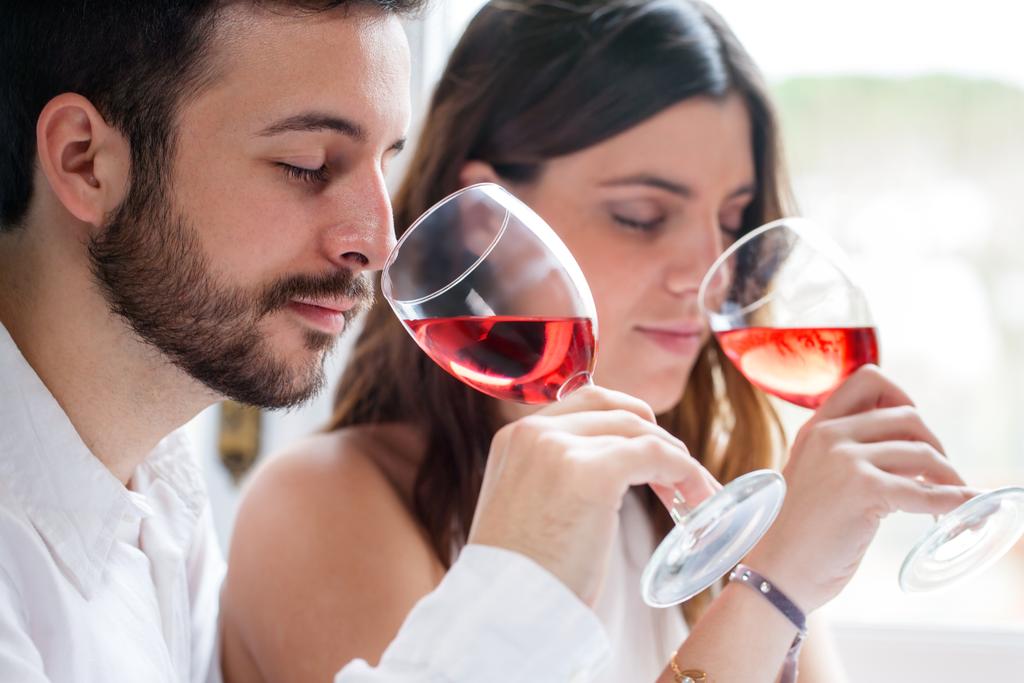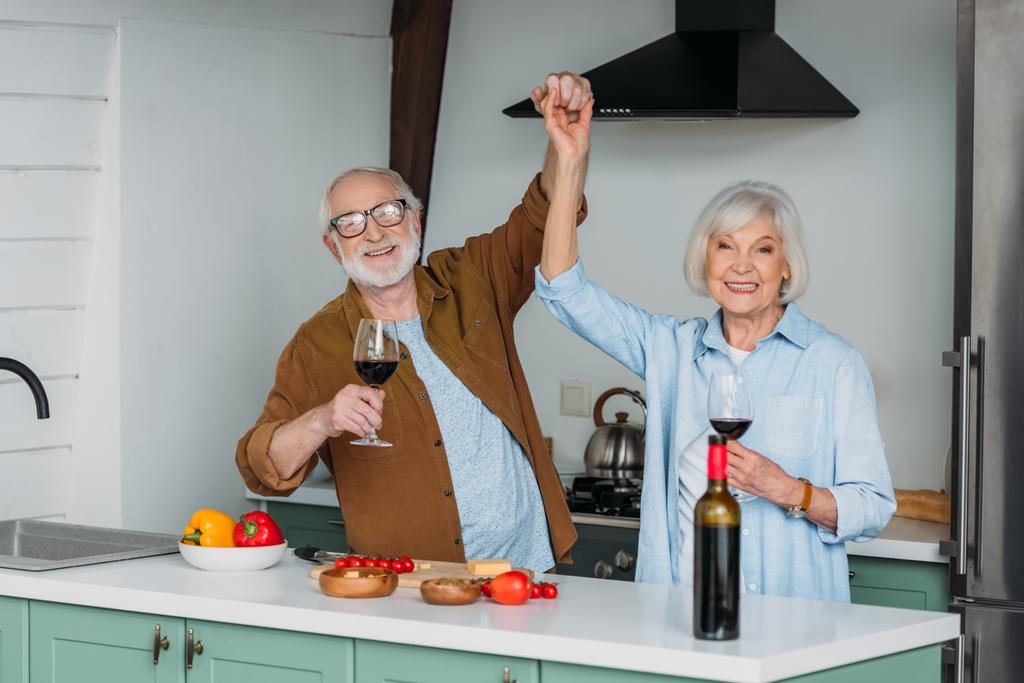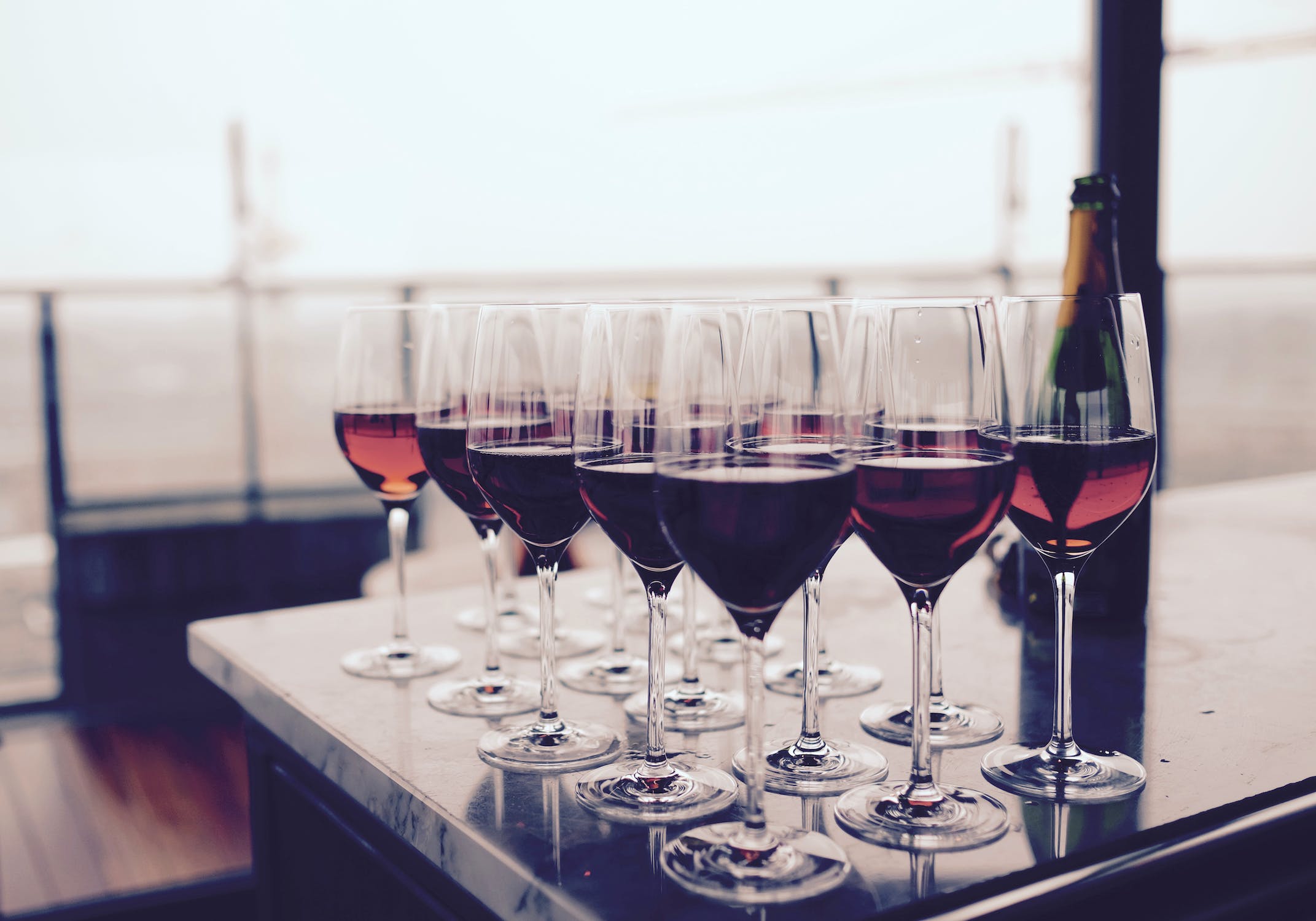Are you considering hosting a wine tasting event in 2023? Whether you are a wine enthusiast looking to share your passion with friends or a business looking to attract new customers, hosting a wine tasting can be a fun and rewarding experience. In this guide, we will provide you with everything you need to know to host a successful wine tasting in 2023.
Why Host a Wine Tasting in 2023?
Hosting a wine tasting event can be a great way to socialize with friends, learn more about different types of wine, and even discover new favorites. It provides a unique and enjoyable experience that can be tailored to suit any occasion, whether it’s a casual get-together with friends or a corporate event.
How to Plan Your Wine Tasting Event

- Select a Theme: Choose a theme for your wine tasting event, such as a specific grape varietal, region, or winery. This will help you narrow down the selection of wines and create a cohesive tasting experience.
- Choose Your Wines: Select a variety of wines based on your theme, including reds, whites, and possibly a sparkling or dessert wine. Consider the preferences of your guests and aim for a good mix of familiar and unfamiliar wines.
- Create Tasting Notes: Provide tasting notes for each wine, including information on the grape varietal, tasting profile, and suggested food pairings. This will help guests learn more about the wines they are tasting and enhance their overall experience.
- Arrange Food Pairings: Offer a selection of light snacks and appetizers to complement the wines. Consider pairing cheeses, fruits, nuts, and chocolates with different wines to enhance the tasting experience.
- Set Up Your Tasting Station: Arrange the wines, glasses, spittoons, and tasting notes in an organized and accessible manner. Consider using tablecloths, decorative accents, and lighting to create an inviting atmosphere.
- Provide Tasting Cards: Offer guests tasting cards where they can write down their thoughts and ratings for each wine. This will encourage engagement and discussion among the guests.
- Consider Hiring a Sommelier: If you want to elevate your wine tasting experience, consider hiring a sommelier to guide the event. A professional sommelier can provide valuable insights and enhance the overall experience for your guests.
Tips for Hosting a Successful Wine Tasting

- Keep it Casual: Encourage guests to relax and enjoy the wines without feeling intimidated by complex wine jargon. Create a friendly and welcoming atmosphere where everyone feels comfortable expressing their opinions.
- Encourage Discussion: Prompt guests to share their thoughts and impressions of each wine. Encourage them to discuss the tasting notes, flavors, and aromas they are experiencing.
- Provide Water: Offer plenty of water for guests to cleanse their palates between tastings. Water can also help guests stay hydrated throughout the event.
- Take Your Time: Allow guests to savor each wine and take their time before moving on to the next tasting. Rushing through the event can detract from the overall experience.
- Have Fun: Remember that the primary goal of hosting a wine tasting is to have fun and enjoy good company. Don’t stress too much about getting everything perfect and focus on creating a memorable experience for your guests.
In conclusion, hosting a wine tasting event in 2023 can be a rewarding experience that brings people together to enjoy good wine and good company. By following these tips and planning ahead, you can create a memorable and enjoyable event that will leave a lasting impression on your guests. Cheers to a successful wine tasting in 2023!
